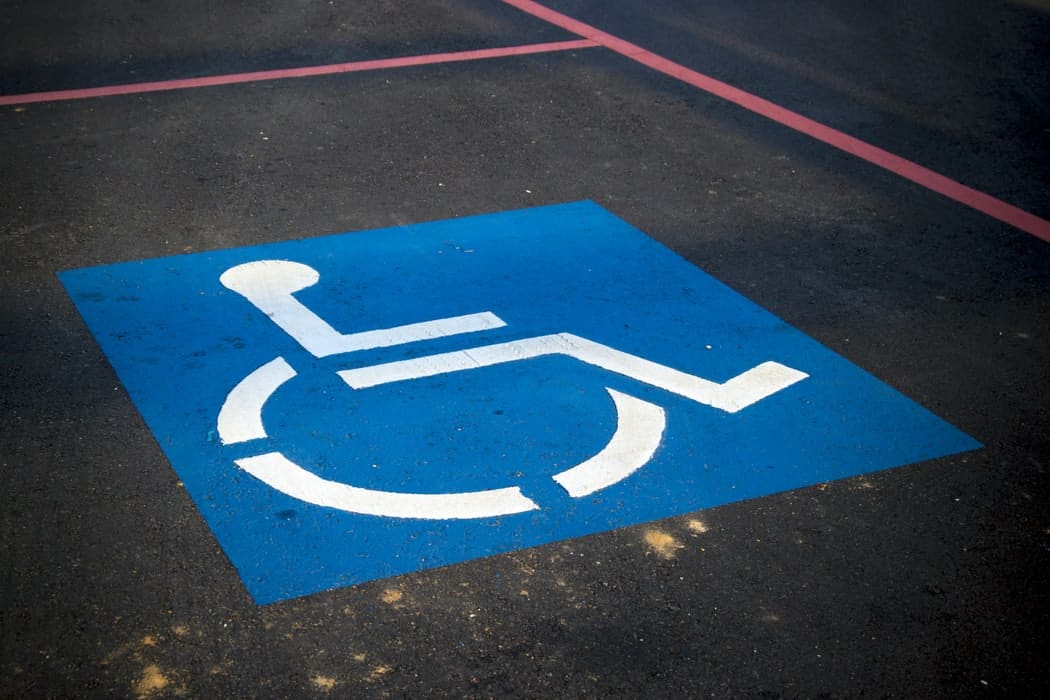Making your content accessible to everyone is a noble goal. But what does it have to do with SEO? Aren’t web developers and designers the ones who deal with this? It turns out that the answer to that is not quite so simple. Developers and designers do play a big role in making a website accessible. But you mustn’t forget about the importance of web accessibility in SEO. After all, it doesn’t matter that people can find your content if they can’t actually consume it. So, accessibility should be on your mind all the time – not just when you’re designing your moving company website but also when you’re working on digital marketing strategies and publishing content. The latter is often overlooked in discussions about web accessibility. Today, we explore this topic in more detail.
What is web accessibility?

Accessibility is all about building a foundation where everyone can access, perceive, and use your website. It’s something that most of us take for granted – anyone with an internet connection can visit a website, right? But some users will have a harder time than others. People with visual impairments and users of screen readers, for example, rely on simple designs and lots of text to perceive content online.
On the other hand, users with dyslexia and other reading comprehension disorder will prefer highly visual content to text. Those with physical impairments will prefer uncluttered screens that are easy to navigate with very few clicks. Finally, accessibility should also take into account temporary obstacles to website access such as poor internet connection, the inability to play audio, or being on the move.
In order to make your website accessible to all, you should ensure that it is:
- Perceivable – so that everyone can access your content through both image and text;
- Operable – so that everyone can navigate the website and complete all tasks on it with ease;
- Understandable – so that everyone can not only perceive but also comprehend all your content;
- Robust – so that the website is accessible and useable across multiple different devices and versions of devices.
How does web accessibility overlap with SEO?

There’s no denying that accessibility is essential. But you may find yourself wondering: what does it have to do with SEO? After all, brand development strategies don’t typically concern themselves with accessibility. But there are three significant aspects of SEO that directly impact accessibility:
- Website structure. A predictable, flat website structure is easier for Google bots to crawl and therefore better for SEO efforts. Plus, it also makes the website easier to navigate for users
- Alt text. Alt texts and captions are a vital SEO technique because they tell Google bots what the images on the page are about and how they relate to the content; they can also be read by screen readers, making the website easier to perceive for visually impaired users
- Readability. Improving readability will make your content more accessible to all users, abled and disabled; their satisfaction will help you rank higher for SEO as well
Why is web accessibility in SEO important?
Making a website accessible to absolutely everyone is almost impossible. Making it accessible for the vast majority of people is doable but requires work. However, the payoff is worth it.
It attracts a broader audience
The whole point of SEO is to attract more organic traffic. That’s why you hire a company for SEO, do keyword research, and post optimized content – to attract (and keep) as many visitors as possible. But if your website is only accessible to some, then you’re losing traffic. Nobody wants to waste their time on a website they cannot navigate. So they’ll simply leave and turn to your competition. But by making your website accessible, you can reach more people and grow your user base. With an accessible website, you’ll attract people who otherwise would not be able to consume your content.
It could save you from legal trouble
The European Accessibility Act and the Americans Disability Act (ADA) outline the minimum requirements for website accessibility that allows disabled users to browse the internet comfortably. If you fail to meet these standards, you will be breaking the law. People have even gone to court over this! While it’s unlikely that you’ll get sued, you should still not risk it. Make your website accessible and you’ll avoid legal trouble on that end for sure.
It drastically improves user experience

User experience (UX) should be one of your main priorities whenever designing a website. After all, it is them that the website is for; you want them to be happy with it. Furthermore, satisfied users will talk about their positive experiences. And if you’ve ever how to promote your business for free, there’s your answer – get your customers to do it for you! But all this hinges on the assumption that your users do have a good impression of the website. And their experience probably won’t be very good if they can’t even access the website. So make the website more accessible to improve the experience of all your users.
It makes your website easier to interpret for Google bots
By making your website more accessible for people, you’ll also make it more accessible for search engines. Google bots struggle with understanding complex and illogical structures just as much as (if not more than) most people. They also rely on the same technology as screen readers to comprehend images. So web accessibility practices will also make your website easier for them to crawl and index.
It indirectly improves your rankings
While accessibility won’t in and of itself improve your SEO, it can have a noticeable impact. By attracting more traffic and keeping more people on the site, you’ll improve your rankings. And while user experience is difficult to quantify, it is certainly a major factor in SEO if not its most important aspect. By improving UX through accessibility, you will, therefore, indirectly help your rankings too.
How can you improve web accessibility in SEO?
It is true that accessibility starts with design. So it’s best to think about it in the early stages of web development. If you’ve already set up a website, however, start by checking your accessibility score. This will give you an idea of what you need to work on and improve. Depending on the web design you’re using, this could be a major overhaul. But to improve web accessibility in SEO specifically, you’ll only need to make minor changes.
First, make your content easy to read – this shouldn’t be hard! Next, start using alt text for images and videos. Then, pay attention to your page structure – use subheadings to break down the content into smaller pieces. Finally, keep your website structure consistent and organized. All URLs should follow the same pattern and all pages should be accessible within three clicks. This will help both your users and your SEO rankings!






